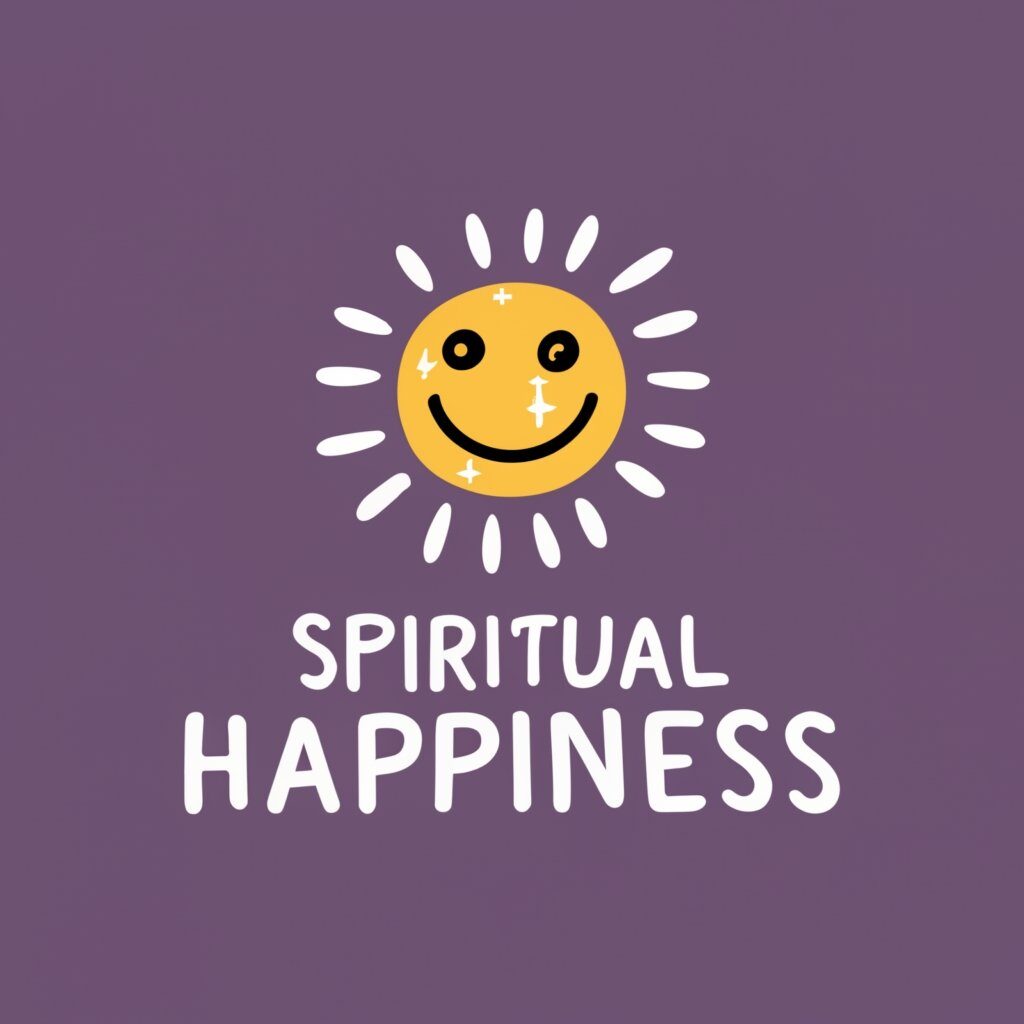Unlocking Mental Well-Being: Transforming Your Workday
Embrace Mental Well-Being at Work Today
In our relentless pursuit of meaningful work and elusive work-life equilibrium, we often overlook an essential facet—nurturing our mental health during our work hours. To truly thrive, we must tend to our holistic selves throughout the workday, not just after it’s done.
Gleaned from the wisdom of visionary thinkers and spiritual guides, here are five strategies to elevate your mental health while at work:
1. Immerse in Order and Spark Joy
Ever noticed how a cluttered desk stifles efficiency, stifles creativity, and drains your energy? On the flip side, an organized space adorned with personally cherished items can supercharge your productivity, enhance focus, and ignite inspiration.
Internationally renowned tidying guru and bestselling author, Marie Kondo, champions her celebrated KonMari Method for this transformation. The key steps are as follows:
- Categorize every object in your workspace: books, papers, miscellaneous, and sentimental items.
- Start with your book collection, handling each tome individually, and discern if it sparks joy. If it does, reserve it in the “keep” pile. If not, express gratitude for its service and consider discarding or donating it. Repeat this process for each book category before moving on to the others.
- Once you’ve identified the joy-sparking items within each category, assign a designated place for each object. Use trays and containers as needed to maintain order and ensure everything returns to its rightful spot at day’s end.
Kondo distinguishes her method from minimalism, emphasizing that it encourages surrounding yourself with possessions you genuinely cherish. Visualize the serenity of your tidied workspace and allocate time in your calendar to embark on this transformation, noting the subsequent improvement in your workflow.
2. Embrace Mindful Intermissions
Even if you love your work, it’s imperative to punctuate your day with mindful breaks for mental rejuvenation. Deepak Chopra advises taking short moments throughout the day for introspection, even if full-time meditation feels elusive.
His suggestions for such brief respites are:
- Stand and stretch for at least a few minutes every hour.
- Regularly check in with yourself to gauge your centeredness.
- Carve out 2–5 minutes for a secluded, outdoor meditation session during the workday.
- After a stress-inducing encounter, dedicate time to recalibrate and re-center yourself.
To practice these brief breaks effectively, conduct a momentary self-assessment. If you already feel centered, a short break becomes a proactive mental health measure. If disarray prevails, resist waiting for stress to dissipate on its own. Instead, seize a longer respite and venture outdoors for fresh air and a new perspective. Why not stand up, stretch, and savor a few deep breaths right now?
3. Recognize and Tame Triggers
Emotional triggers can surface anywhere, including the workplace. A mere glance or email interpretation can send us spiraling into a vortex of unpleasant emotions, spanning from anger to self-criticism. To evade sitting with this discomfort, we often resort to temporary, ineffective coping mechanisms such as lashing out or overindulgence.
Meditation teacher and author, Pema Chödrön, offers insight into this phenomenon, describing the initial sensation as a subtle constriction—a closure and withdrawal from the present moment. It’s the sensation of being “hooked.” By pausing in these moments, we gain clarity about our emotional reactions, relax, and proceed with more skill and wisdom.
Chödrön underscores that meditation fortifies this capacity. Through meditation, we acquaint ourselves with discomfort, observe its fluctuations, and learn to avoid getting “hooked.” As a result, we can apply this practice to our daily work lives. Do you have a meditation practice? Whether you’re starting or deepening your meditation journey, the Chopra App offers a plethora of guided sessions and personalized practices to aid your endeavor.
4. Relish the Elegance of Being Wrong
Organizational psychologist and bestselling author, Adam Grant, celebrates the delight in acknowledging one’s fallibility in his work “Think Again.” His research reveals two distinct groups: those who rigidly cling to their beliefs and those who joyfully embrace the revelation of their fallibility.
Resolute belief guardians provoke a fight-or-flight reaction when their convictions are challenged, leading to stress, defensiveness, and agitation. In contrast, those who treat their beliefs with flexibility embark on a journey of discovery rather than clinging to correctness. This approach can nurture joy in the process of learning, steering away from the anxiety of being proven wrong.
According to Grant, “The goal isn’t to be wrong more often; it’s to recognize that we’re all wrong more often than we’d like to admit. The more we deny it, the deeper the hole we dig for ourselves.”
As leaders and colleagues, adopting a joyful approach to self-correction fosters a culture valuing shared knowledge, learning, and mutual growth. In this environment, every voice feels safe to contribute, and the company thrives.
5. Shift Your Focus to Becoming
In one of her inspiring commencement speeches, Oprah Winfrey addresses the perpetual quest for fulfilling work. She conveys that your job doesn’t necessarily fulfill you entirely; it’s just a temporary stage on your path to personal growth.
This wisdom extends beyond recent graduates; it’s relevant at any stage of life. We are continually evolving, and every day is an opportunity to begin anew. During periods when your job feels unfulfilling, redirect your attention to the lessons learned, the resilience acquired, and the skills honed for your future. Embrace the belief that each experience serves as a stepping stone on your path to self-discovery.
A common thread woven through all these strategies is the quest for peace of mind through heightened self-awareness. Whether it’s the joy-sparking act of tidying, the mindful breaks, recognition of emotional triggers, the joy in acknowledging fallibility, or the focus on becoming, these practices converge to foster mental well-being amid the hustle and bustle of the workday.
Indeed, a common thread that runs through all of these strategies is the pursuit of inner tranquility achieved by cultivating a deeper self-awareness. Whether it’s the satisfaction derived from the act of decluttering, the rejuvenating moments of mindfulness, the skillful recognition of emotional triggers, the genuine joy found in accepting our own imperfections, or the emphasis on personal growth and evolution, these practices come together harmoniously to nurture mental well-being within the whirlwind of the workday.
When we embark on the path of tidying our workspace, we are not merely organizing our physical surroundings; we are also clearing mental space. This process invites us to be more present, more selective about what truly matters, and more conscious of our surroundings. It’s a step towards a serene, uncluttered mind that can focus, create, and innovate with ease.
Taking mindful breaks, on the other hand, becomes a brief escape from the chaos of our daily tasks. These intervals serve as moments of self-reflection, allowing us to check in with ourselves and reestablish our equilibrium. It is within these moments that we can reconnect with our inner core, regaining balance and grounding ourselves in the present.
When we learn to identify our emotional triggers, we gain mastery over our reactions. This self-awareness grants us the capacity to respond, rather than react impulsively, in stressful situations. As Pema Chödrön beautifully expresses, it’s the practice of pausing and witnessing our emotional responses that empowers us to move forward with wisdom.
Embracing the joy of acknowledging our own fallibility liberates us from the constraints of ego. By welcoming the experience of being wrong, we open the door to a world of learning and growth. This approach not only reduces stress but also fosters a culture of openness and cooperation, where we learn and evolve together.
And lastly, the focus on becoming, rather than simply doing, encourages us to find meaning and purpose in the journey itself. It reminds us that our job is not an endpoint but a stepping stone in our personal evolution. By appreciating the lessons, the resilience, and the skills developed on this path, we free ourselves from the grip of stress and embrace every experience as an opportunity for growth.
In essence, these practices together form a tapestry of self-care, weaving a cocoon of mental well-being in the midst of our demanding work lives. By elevating our self-awareness, we create a resilient, adaptable, and thriving self capable of navigating the ever-changing landscape of our careers and lives.
Conclusion
In conclusion, the path to mental well-being at work is not a singular journey but a combination of practices that culminate in a more profound self-awareness. Tidying, mindful breaks, emotional trigger recognition, embracing fallibility, and focusing on personal growth collectively contribute to a healthier and more resilient mental state. These practices encourage a sense of clarity, balance, and adaptability that empowers us to thrive amidst the challenges and chaos of our work environments.
By committing to these strategies, you unlock a powerful toolbox for maintaining mental equilibrium in the workplace. Embrace the joy of self-discovery, and you’ll find that even the most demanding of workdays become opportunities for growth and self-improvement.
FAQ (Frequently Asked Questions)
Q1: How can I start decluttering my workspace effectively?
A1: Begin by categorizing your items (books, papers, miscellaneous, and sentimental) and then proceed to handle each category one by one. Assess whether each item “sparks joy” for you. If it does, designate it for keeping; if not, express gratitude and consider discarding or donating it. Ensure each item finds its place, utilizing trays and containers as necessary for a tidy workspace.
Q2: How can I make mindful breaks a part of my daily routine?
A2: Set reminders or allocate specific times for these breaks in your schedule. Standing up and stretching every hour, taking moments to check in with your emotional state, or even stepping outside for a brief meditation session are effective ways to incorporate mindfulness into your workday.
Q3: How can I better identify my emotional triggers?
A3: It’s essential to cultivate self-awareness. When you feel a strong emotional response, pause and observe what’s happening within you. This moment of reflection will allow you to recognize your triggers and respond more skillfully to challenging situations.
Q4: How can I find joy in acknowledging my own fallibility?
A4: Start by embracing the idea that being wrong is a natural part of learning and growing. Instead of defending your beliefs at all costs, remain open to new insights and perspectives. Recognize that the joy of personal growth often emerges from admitting when you’re wrong and adjusting your viewpoint accordingly.
Q5: How can I focus on personal growth while still fulfilling my work duties?
A5: Understand that your job is not your entire identity but a part of your journey. As you navigate your work tasks, be mindful of the lessons you’re learning, the resilience you’re building, and the skills you’re acquiring. Embrace each experience as an opportunity for growth, and you’ll find meaning even in the most challenging aspects of your work.
Remember that well-being at work is a continuous process that involves self-reflection, mindfulness, and an open-hearted approach to self-improvement. By exploring these practices and addressing common questions, you’ll be better equipped to enhance your mental health during your workday and beyond.






